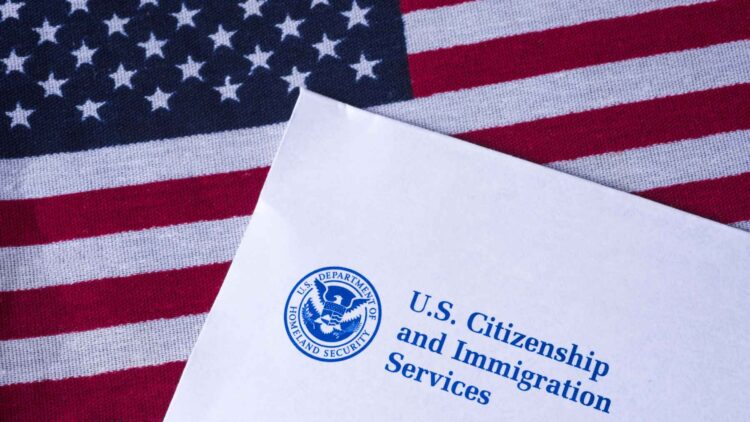Immigration policies in the US have always been a controversial topic, and with the change in President, we are seeing an additional layer to the issue. President Donald Trump has always been contentious regarding immigration, his first presidency proved his willingness to deport those in the country illegally no matter what, and his second mandate is not shaping up to be any better. The latest measure he has taken is to impose daily penalties of $998 on immigrants with deportation orders if they do not leave the US.
These fines are not a new thing, and he was not the one to create or pass this law, they come from a 1996 law, specifically the Illegal Immigration Reform and Immigrant Responsibility Act of 1996 (IIRAIRA). This law aimed to, according to Cornell Law school, “strengthened U.S. immigration laws, adding penalties for undocumented immigrants who commit crimes while in the United States or who stay in the U.S. for statutorily defined periods of time. The Act was designed to improve border control by imposing criminal penalties for racketeering, alien smuggling and the use or creation of fraudulent immigration-related documents and increasing interior enforcement by agencies charged with monitoring visa applications and visa abusers. The Act also allows for the deportation of undocumented immigrants who commit a misdemeanor or a felony.”
Trump’s new application of the 1996 immigration law
Even though the law has never been repealed, it has not been applied consistently or at all over the years. It is rare to impose fines on those with deportation orders or those detained as illegal immigrants, and it is even more rare to apply the other policy Trump seems to be vying to implement, which is seize their personal property.
If that seems harsh, Reuters has even more bad news. According to information gathered by their reporters, as of right now the Trump Administration is thinking of applying this law with a retroactive character, extending the fines and the seizures up to five years. This could raise fines to more than $1.5 million per person. Considering the low income status of most immigrants, this number would be almost impossible to collect in 99% of deportations, and there is no information as of right now about what the government would do if the assets seized did not amount to the fine they are levying.
But the government is holding firm on their deportations, despite the issues they have had with legitimate visitors to the US also being detained and wrongly accused of being illegal aliens. In fact many countries have issued travel warnings cautioning those with temporary visas to return home or to just forego the US as a tourist destination.
The situation has gotten so out of hand that even authorities unrelated to deportation have gotten involved, like US Department of Homeland Security, Tricia McLaughlin, who suggests that undocumented immigrants leave the country using the app CBP Home, formerly CBP One “If they do not, they will face the consequences. This includes a fine of $998 for each day the undocumented immigrant exceeds the time limit of their final deportation order”
Trump has maintained a strong focus on removing individuals who have already received final deportation orders, regardless of their employment, community ties, or family connections within the US. A Customs and Border Protection email dated March 31 revealed that both the National Security Council and advisor Stephen Miller have been advocating for asset seizures and sanctions, however, an internal follow-up memo recommended that Immigration and Customs Enforcement (ICE) should lead the effort, noting that CBP lacks the infrastructure to manage such actions effectively.
There is still no confirmed timeline for when these penalties might begin. The Department of Homeland Security has not publicly addressed its role in the matter or shared any details about how these policies would be implemented, leaving further clarification pending an official announcement.

